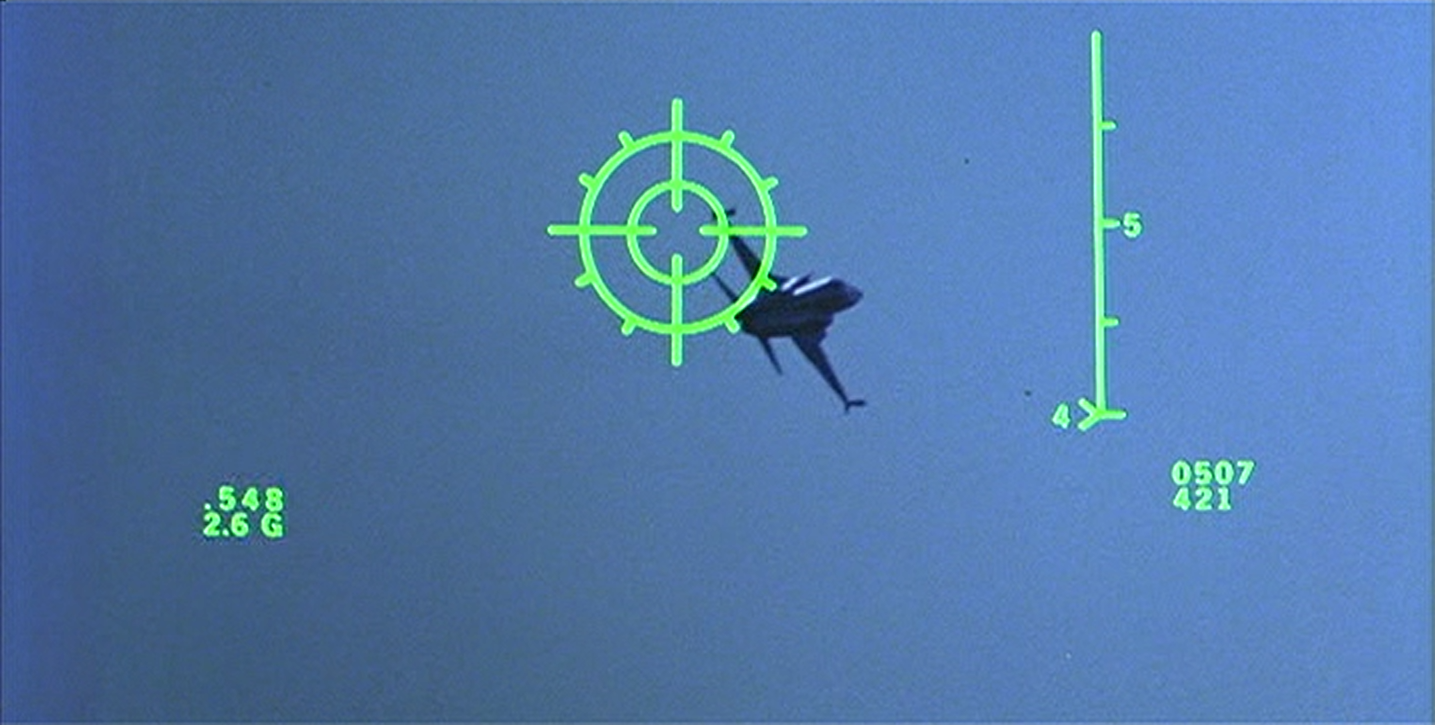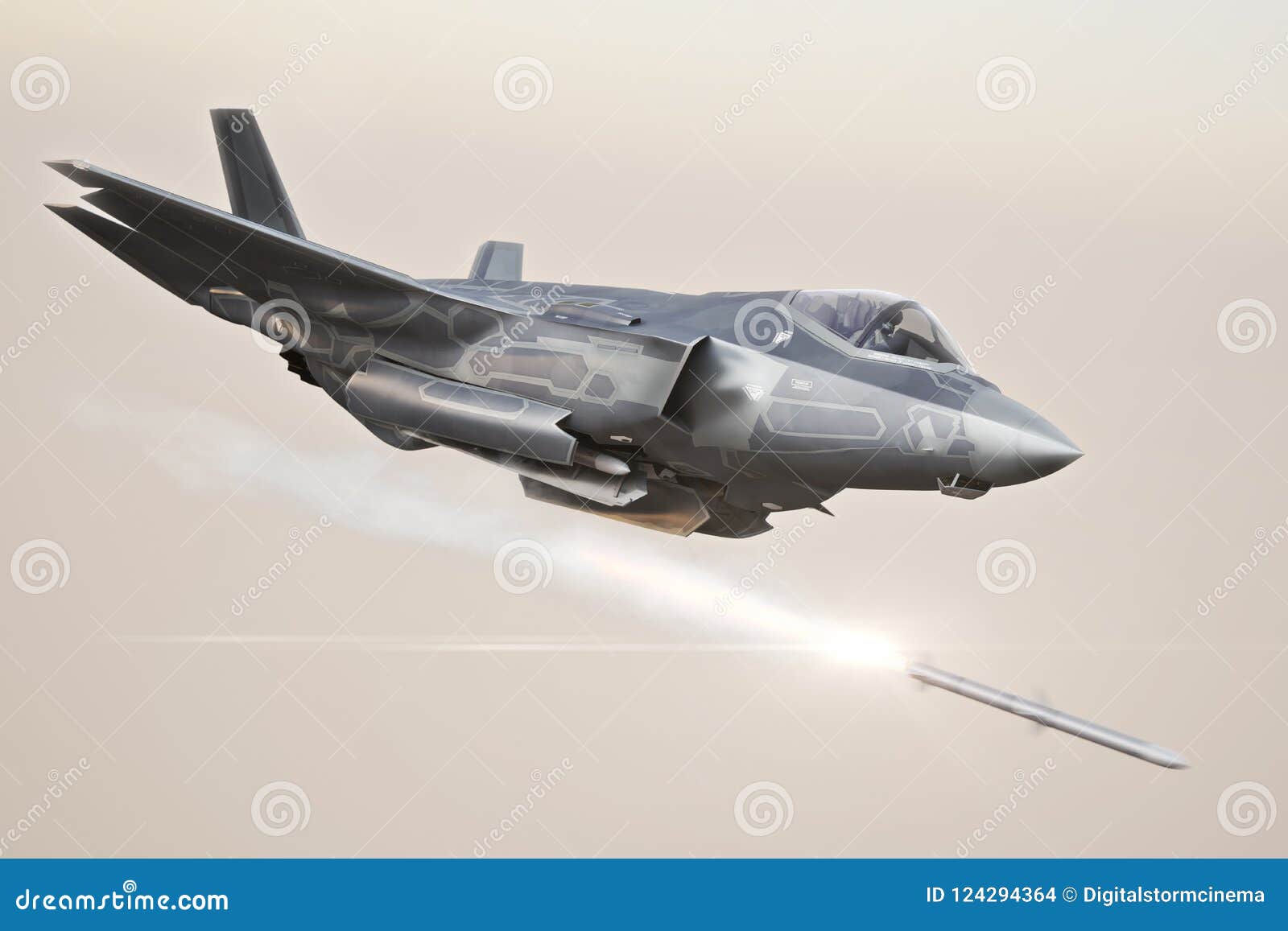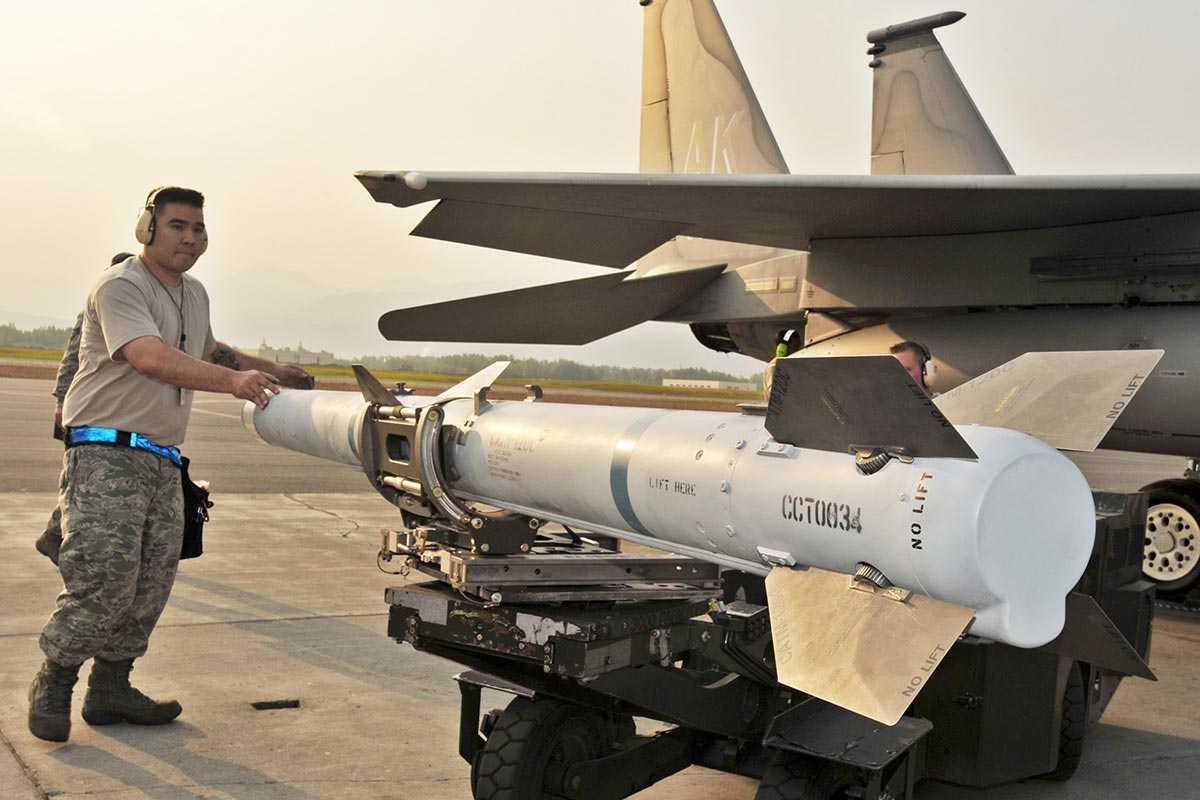

- #FIRING AIM 120 MISSILE WITHOUT LOCKING TARGET UPGRADE#
- #FIRING AIM 120 MISSILE WITHOUT LOCKING TARGET SOFTWARE#
Intended to replace the current AIM-120D version, which reached initial operational capability in 2015, the F3R hardware upgrade efforts include the use of digital technologies such as model-based system engineering to upgrade 15 circuit cards in the missile’s guidance section. It is also the only BVRAAM qualified on the F-35 Joint Strike Fighter.

In use by 41 nations, the AMRAAM is flying on the F-15C Eagle and F-15E Strike Eagle, F-16 Fighting Falcon, F/A-18 C/D Hornet and F/A-18E/F Super Hornet, F-22 Raptor, Eurofighter Typhoon, JAS-39 Gripen, Tornado and AV-8B Harrier II Plus. The AIM-120D-3 delivers a significant capability upgrade through the Form, Fit, Function Refresh (F3R) programme, a comprehensive project to mitigate systemic hardware obsolescence issues in the AIM-120D’s guidance section, and sustain AMRAAM production beyond Lot 32, awarded in March 2018.

#FIRING AIM 120 MISSILE WITHOUT LOCKING TARGET SOFTWARE#
The newest variant, the AIM120D-3, completed a series of captive carry flight tests in late 2021 data collected were exploited in the development of the final software release, which started extensive qualification testing in November 2021, to be followed by several guided live fire events planned for 2022.

Having entered into service in September 1991, the Raytheon AIM-120 Advanced Medium-Range Air-to-Air-Missile (AMRAAM) will soon get a new hardware and software package upgrade to be kept up-to-date into the next decade and beyond, while the designated successor is being readied by the US Department of Defense (DoD) to enter into service and progressively replace the AMRAAM. The latter offers significant enhancements compared to gimbaled antennas, the fundamental difference being the instant beam switching across a zone of coverage, equivalent to gimbal angle freedom without antenna physical movement, alongside higher accuracy, power and operational ranges, significant better countermeasures capabilities as well as higher availability, all this coming however at a higher cost. Even if missile manufacturers continue to work on new, lighter weight, solid-state, softwarecontrolled RF seekers with gimbaled antennas, the long ranges BVRAAMs arena requires more capable and powerful seekers, currently looking to the Active Electronic Scanning Array (AESA) technology. The present generation of radar seekers is based on conventional gimbaled antennas, where mechanical inertia limits the capability of steering a narrow beam with high speed and precision, without forgetting the limited RF power handling capacity. The development and deployment of longrange, high-speed BVRAAMs equipped with active radar seekers by Russia and China forced in recent times Western countries and industries to counteract with new development or the upgrade of current active radar seekers and processing. Little information is usually provided by missile manufacturers about their seeker technologies and capabilities, this analysis wanting to give a flavour of in-service and readily applicable solutions to further enhance current weapon systems capabilities without forgetting key capabilities that distinguishes each missile. In addition to the propulsion/control system and warhead, a key area of development in the missile domain is the guidance package based in the air-to-air arena on radio frequency (RF) and imaging infrared (IIR) seekers for respectively BVRAAM and SRAAM solutions. The advent of adversarial long-range air-to-air missile (AAM) threats such as the very long range Russian R-73M and newest variants of the R-77, alongside the Chinese PL-15 beyond visual range AAM (BVRAAM), as well as new short range air-to-air missiles (SRAAMs) developed by the same countries, have pushed NATO and Allied forces together with US, European and Israeli missile houses to further evolve in-service weapon systems and work onto new solutions to counter the mentioned threats.


 0 kommentar(er)
0 kommentar(er)
